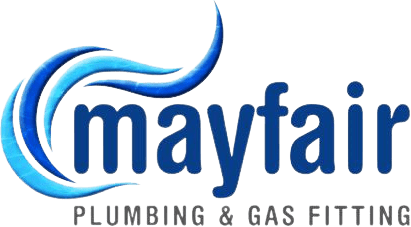A roof is designed to protect a structure and its’s contents from the elements. Heat, rain, snow and wind all these elements affect a roof and how it performs its designed intent of covering the structure it is built over. If you look back hundreds of years you will see that roofs have been constructed of a range of materials all designed to do the same job. Like with most things in life as time goes on, we think of different ways of performing a task where the outcome is the same yet done a little differently.

Insulation Of A Roof
When we look at some of the first roofs built in history insulation and energy efficiency and sustainability was off the agenda if the roof stopped majority of water and sun out it was deemed acceptable. Many roofs were constructed of raw materials sourced straight from the earth such as branches, straw and slate. Certainly, these materials provided some form of shelter and that was about all they did.
Over time with technology and significant research and development we have found more efficient methods of creating roofing structures with many different materials. Below are some examples of what is commonly found in the roof plumbing industry and why they are used.
Metal Roof
There are various forms of metal used in roofing. Sheet metal roofing is light weight and can be manufactured onsite or offsite to span vast distances. In the domestic market you will hear the term colour bond used it is typically what a home will have installed, and it comes in a wide variety of colours. Underneath the colour bond sheeting will be a thermal blanket or also known as sarking which is the insulation.
It looks like aluminium foil and is designed to be fixed to the purlins prior to metal sheeting being installed. What this product
is designed to do is stop the hot or cold weather entering the roof space assisting the ceiling space in maintaining a constant temperature.
The colour of the roof will also assist with keeping the energy efficiency of the building constant. A black roof will also be hotter than that of a white roof so selecting the right colour can have more implications than you think.
In the early 1900’s when metal roofing was installed there was no thermal insulation installed so the iron would allow any hot or cold air to enter the roof space and subsequently cause the home to heat up or get cold. With these dramatic temperature fluctuations moisture would form on the underside of the metal sheet accelerating the corrosion process.
It is common for us to attend a property in Unley, Prospect or Norwood with an old metal roof and you can see daylight coming through the roof sheets through hundreds of little pin prick holes.
Commercial roofs will typically span a large distance and therefore the sheet metal will be reinforced to create strength for the metal roof sheets to travel this distance and still be safe to either step on for maintenance and perform its duty of keeping the elements out.
Tiled Roof
Tiled roofs are typically found in domestic and residential installations and are mainly today found in older parts of Adelaide such as North Adelaide, Beaumont, Glen Osmond, Kensington and Crafers. It’s not to say that tiled roofs are not still being installed today it’s just that it is not as common. They are more labour intensive to install and heavier requiring additional supports to carry the load. However, when we address the thermal properties of a tiled roof, they can be slightly better.
Tiles provide great thermal protection to a home due to the nature of their construction either terracotta or cement. The disadvantage of
tiles is after prolonged periods of heat the tiles will retain the heat and project it into the ceiling cavities. On average a tile will be approximately 20mm in thickness. Due to the nature of construction of these roofs they provide good thermal insulation and good
acoustic properties.
Roof Plumbing Experts
What ever the construction of your roof either residential, commercial and industrial small or large we are here to help you. We understand that the growing costs of energy bills is on everyone’s mind and limiting the costs of these which ever way possible is our focus for you.
Existing roofs can benefit from whirly birds which can be retrofitted to most roof types and help relieve the hot air from the roof year-round. Our staff are trained to use elevated work platforms and how to safely use harnesses to successfully have all your roof insulation work performed across the Adelaide Hills and all suburbs of Adelaide. Find out how we can help you today keep your cool.

